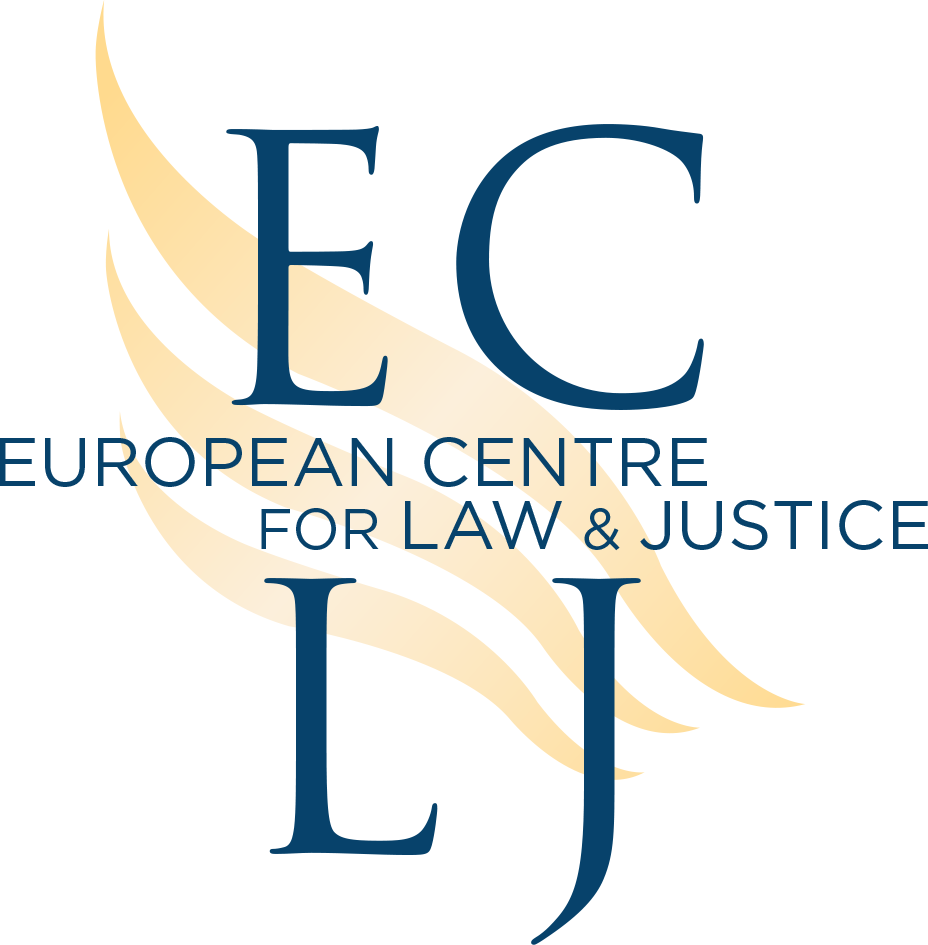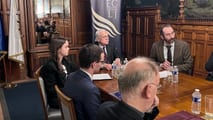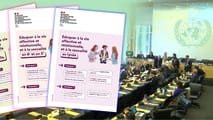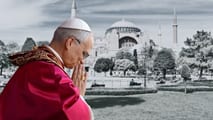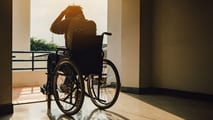On June 28, the French Senate Social Affairs Committee adopted a new report on the end of life, in which it opposed the inclusion in law of a right to "active assistance in dying," pointing in particular to the difficulty of defining the criteria for access to euthanasia or assisted suicide. The report has been adopted at a time when the French Minister for Health has announced that the bill on the end of life should see the light of day before September 21. According to the government's draft bill, as presented by Le Figaro, any adult suffering from a serious and incurable condition with a "medium-term" life-threatening prognosis would be able to benefit from “active assistance in dying,” (i.e., euthanasia) with the exception of people suffering from mental illness.
This is hardly surprising, since it is largely the result of the militancy of the Association pour le droit de mourir dans la dignité (ADMD), which is proud to have imposed the subject and the terms of the debate, and which has already declared that it wants to go further in the future. This risk of drift or slippery slope is clearly apparent, both in the text prepared by the government and in those of ADMD. Let's take a look.
Access to "chosen death", according to a government expression used to designate assisted suicide and euthanasia, would be based on respect for individual autonomy. Along with compassion, this principle is the second basis for accepting voluntary death. It recognises that each person has power over his or her own body. And this power is in the process of being extended to their own lives. Thus, founded on individual autonomy, "chosen death" is not an exception to the ban on killing (such as abortion or self-defense), but a fundamental right. It is the very logic of ADMD to demand "the right to choose the time and means of one's own death." For Henri Caillavet, the emblematic president of ADMD, "the right to choose the time and form of one's death is a fundamental matrix freedom," and certainly not a derogatory concession. This is also the logic behind the government's plan to present active assistance in dying as a form of care, and therefore a right included in the Public Health Code, rather than as an exception included in the Criminal Code. As a result, active aid in dying becomes part of an individual right, which obliges society to justify any restrictions placed on this right.
A reversal then occurs: the initial justification for active aid in dying becomes a limitation on this individual right. The fact that active assistance in dying is reserved solely for people "suffering from a serious and incurable condition that threatens their vital prognosis in the medium term" is no longer seen as a justification for the law, but as a limitation on the individual right to active assistance in dying, a limitation that deprives all other people of the enjoyment of this right. These people will be able to challenge in court any refusal by doctors to grant them euthanasia.
The State will then have to justify itself, and that will be an arduous task, given how difficult it is to resist the affirmation and extension of a new "freedom." What's more, the limits set by the government's plan are extremely fragile. Firstly, because making the enjoyment of a right or freedom conditional on a person's state of health is problematic: in principle, it is a prohibited ground for discrimination. Furthermore, why should it be necessary to wait until a person's prognosis is "medium-term" before benefiting from euthanasia? This notion of "medium-term" is not only totally imprecise, but also questionable, as it requires a suffering person wishing to die to wait until an unspecified "imminence" of his or her natural death before being able to benefit from active assistance in dying. This is absurd: one would have to suffer for a long time to obtain the right to be relieved of suffering. Moreover, it is during this period before death that the sick person can benefit from palliative care and lessen their "need" of euthanasia. The same cannot be said, as ADMD notes, of "the sick person who refuses to go through the final stages of their illness," the "infirm person who refuses to bear the effects of their infirmity any longer" and the "elderly person who refuses to go through all the stages of senescence. (...) In all these cases, active assistance in dying, in response to a lucid and repeated request, appears to be the only solution." This active assistance in dying is a kind of death insurance, an emergency exit from existence to respond to the anxiety of those who fear their eventual demise and its attendant suffering.
The limits set by the government are very fragile. In fact, once the ban on killing has been lifted, these limits cannot withstand the logic of the "freedom to die" in the long term. The situation in countries that have lifted the ban illustrates this abundantly.
The drift or "slippery slope" towards assisted suicide is inevitable. It is inscribed in the very idea of a right to voluntary death stemming from individual autonomy.
SIGNATURES
